
ESP32-S2 Overview
The ESP32-S2 is a single-core microcontroller based on the Xtensa LX7 architecture. It is designed to provide a robust and secure solution for a variety of IoT applications, offering customers a reliable option for their projects. The S2 boasts integrated WiFi, a USB OTG interface, and a variety of peripheral options. This device offers a comprehensive range of I/O pins, providing versatility for diverse applications.
ESP32-S3 Overview
The ESP32-S3 is an enhanced version of the ESP32-S2, featuring dual-core processors based on the same Xtensa LX7 architecture. The S3 is designed for more demanding applications that require higher processing power and advanced features. In addition to WiFi, the S3 includes enhanced AI acceleration and more memory options, making it an ideal choice for AI and multimedia applications.
Similarities and Differences
| Feature | ESP32-S2 | ESP32-S3 |
| Architecture | Xtensa LX7 | Xtensa LX7 |
| Cores | Single-core | Dual-core |
| Clock Speed | Up to 240 MHz | Up to 240 MHz |
| Flash | Up to 4MB | Up to 16MB |
| PSRAM | No | Up to 8MB |
| WiFi | Yes | Yes |
| Bluetooth | No | BLE 5.0 + Classic |
| Security Features | RSA-3072, AES-256, HMAC, Digital Signature | RSA-4096, AES-256, HMAC, Digital Signature |
| AI Capabilities | No | Yes |
| USB OTG | Yes | Yes |
| Camera Interface | No | Yes |
| Power Consumption | Low | Higher |
| Target Applications | IoT, Secure IoT, Industrial Applications | AI, Advanced IoT, Multimedia |
Conclusion
Both the ESP32-S2 and ESP32-S3 offer robust features, but they are designed to cater to different customer needs. The ESP32-S2 is the optimal choice for secure IoT applications, especially those that demand minimal power consumption and strong security features. In contrast, the ESP32-S3, with its dual-core processors and enhanced AI capabilities, is designed for more demanding applications that require greater processing power and advanced features.
The decision between the two depends on the specific requirements of your project.
Key Features of the ESP32-S2:
- Ideal for low-power, secure IoT applications.
- Enhanced security features such as AES encryption and secure boot.
- Designed for projects with a focus on battery efficiency.
Key Features of the ESP32-S3:
- Dual-core architecture for enhanced performance.
- Optimized for AI and ML tasks with vector instructions.
- Better suited for complex applications that require high processing power.
Choosing between the ESP32-S2 and ESP32-S3 depends on whether your project prioritizes security and power efficiency (ESP32-S2) or performance and AI processing (ESP32-S3).

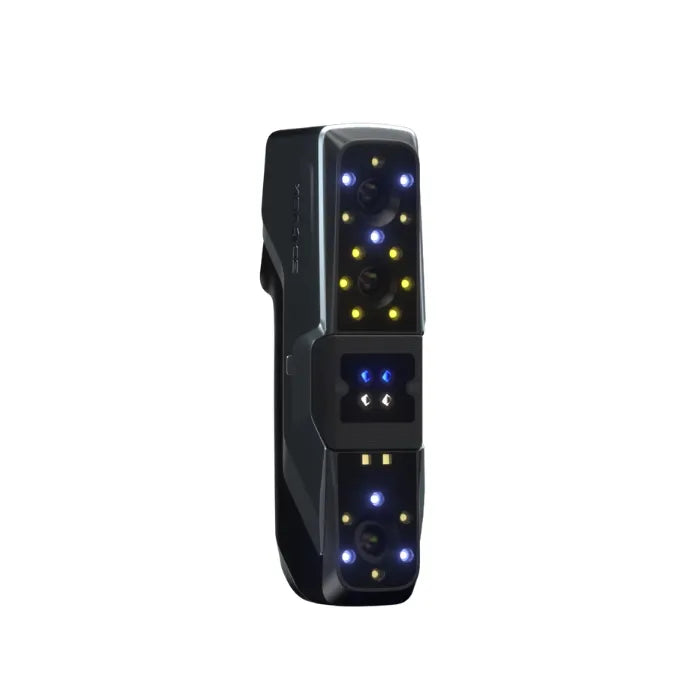
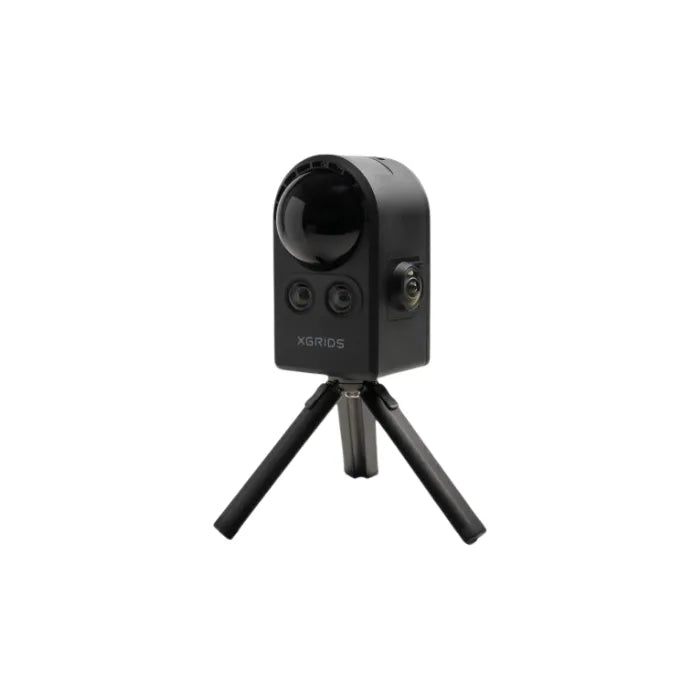
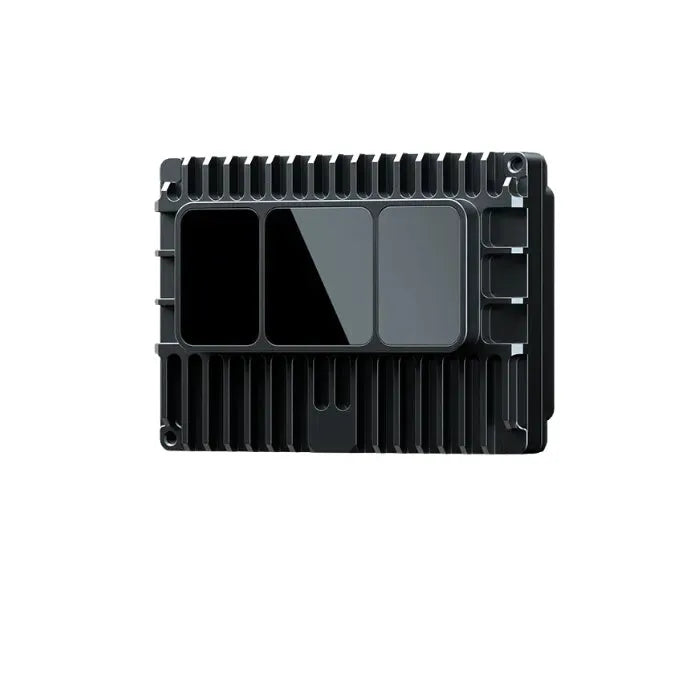
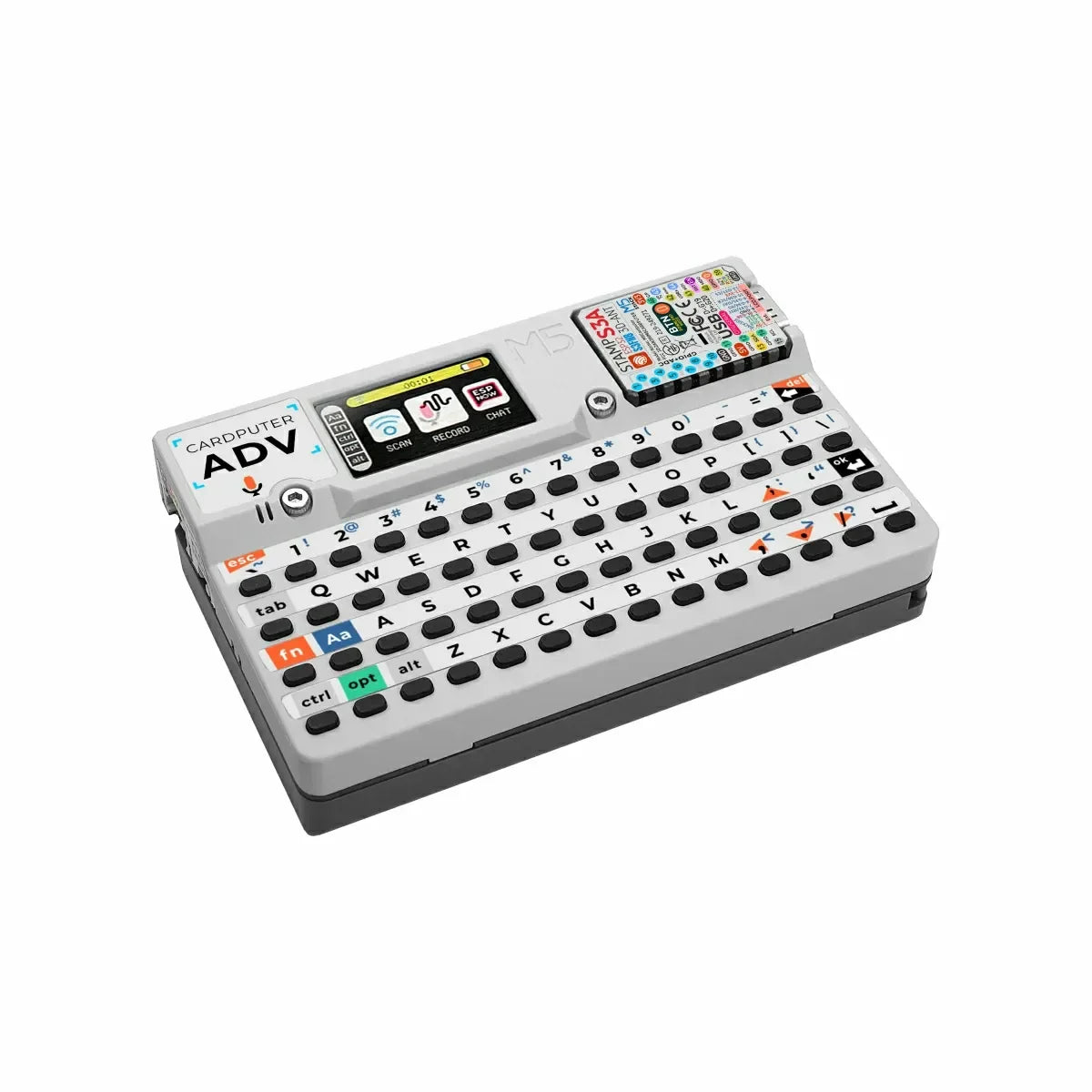
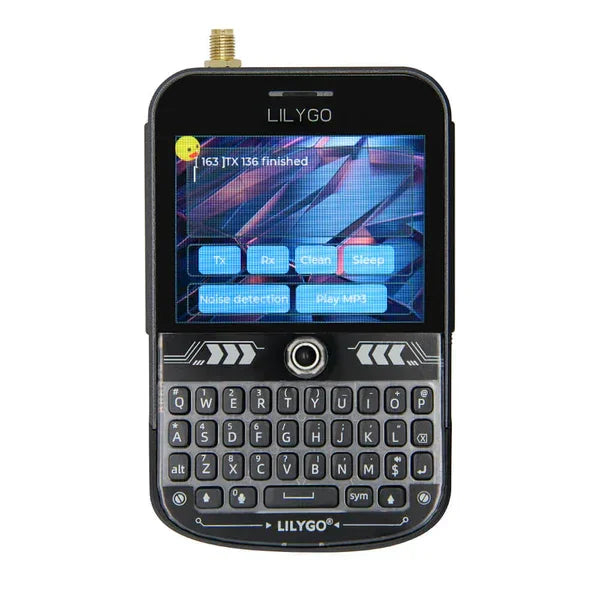


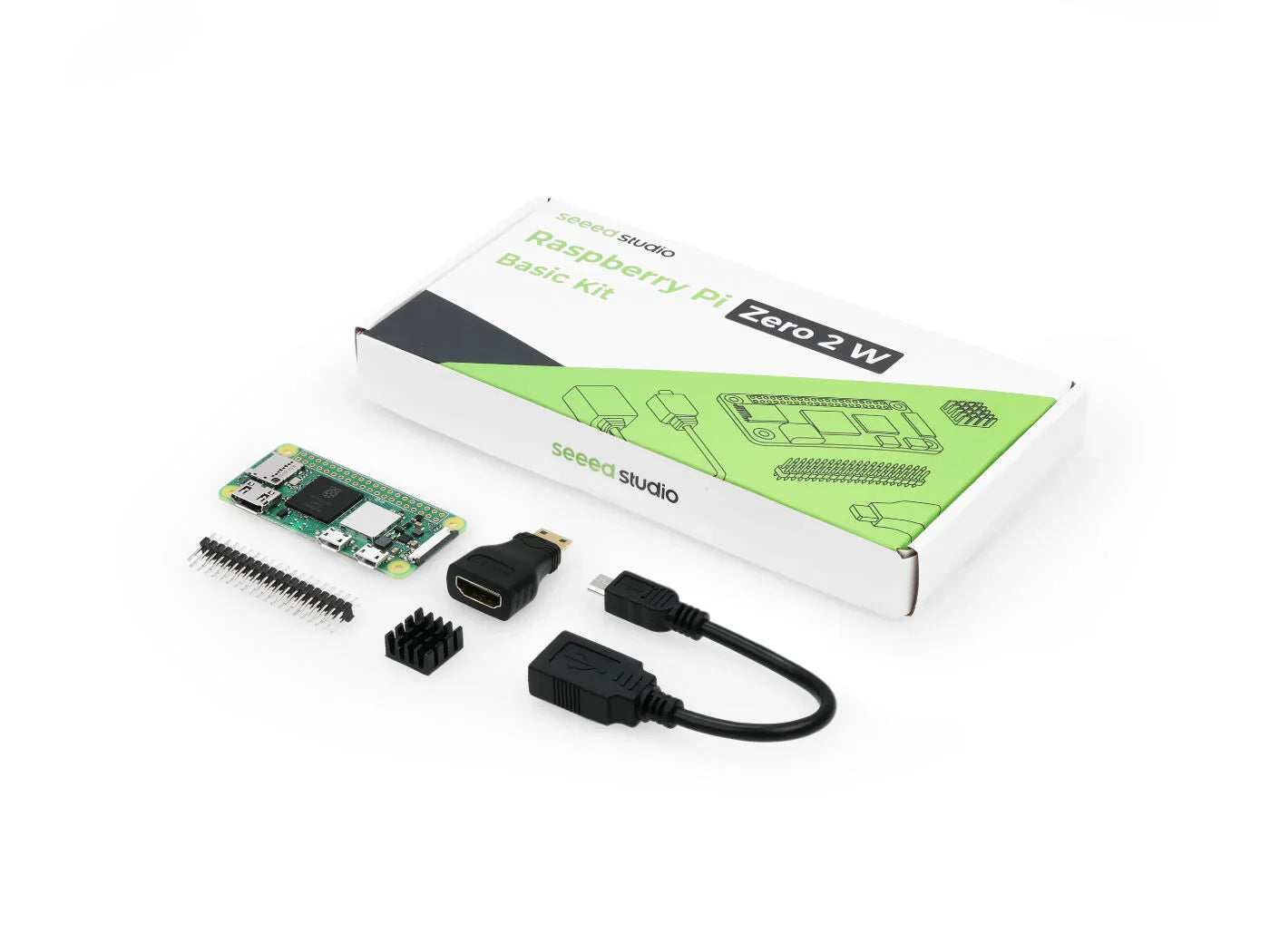








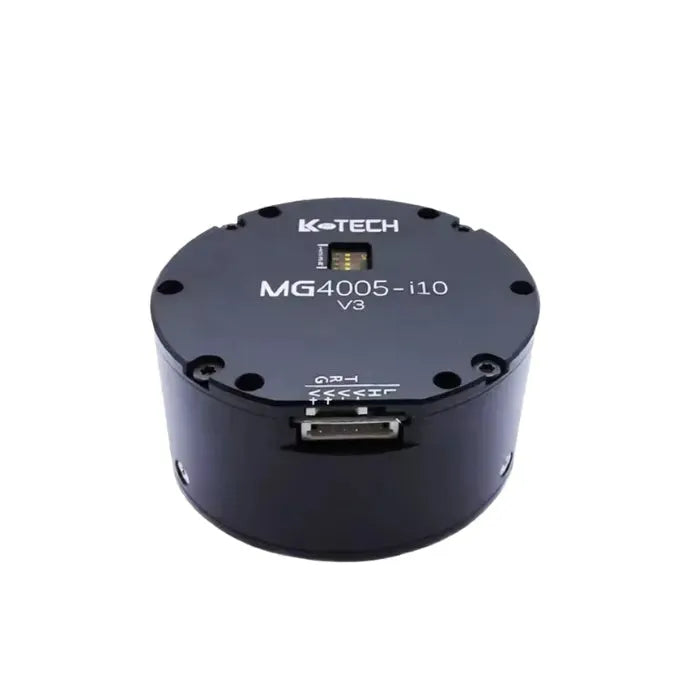









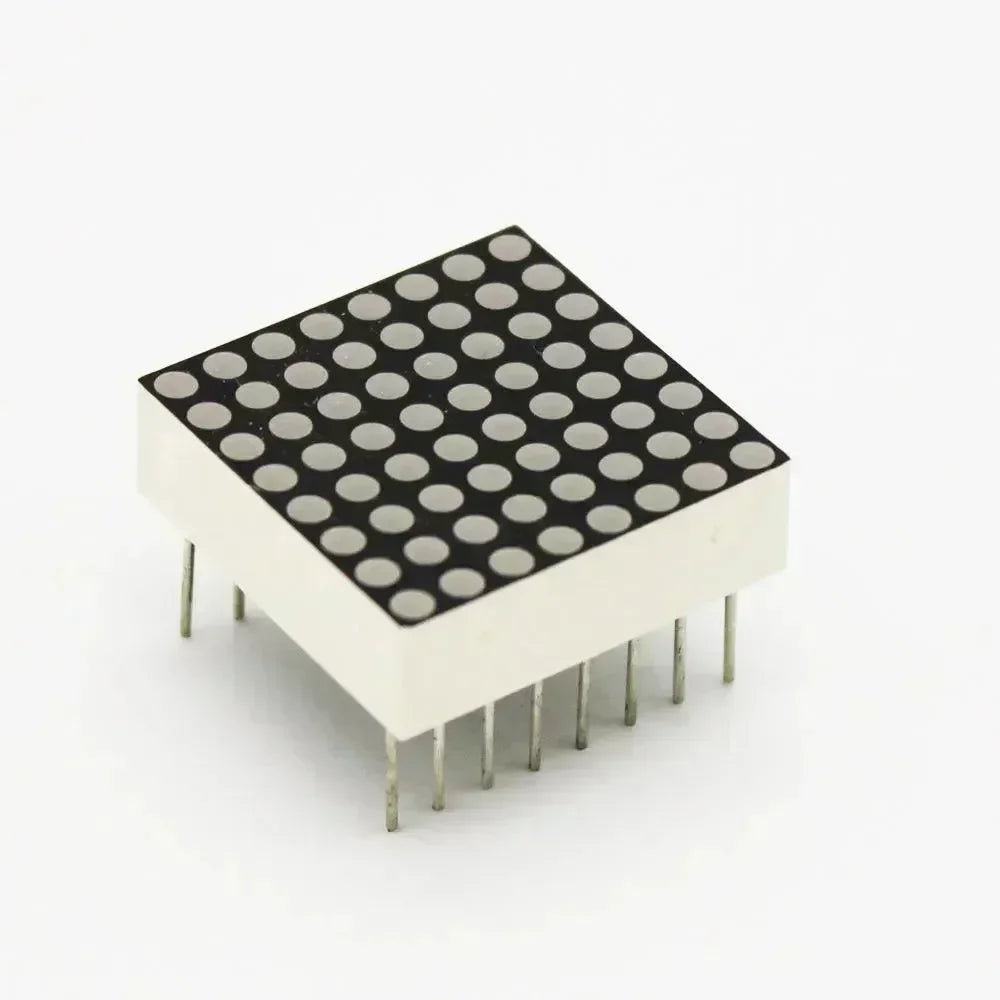


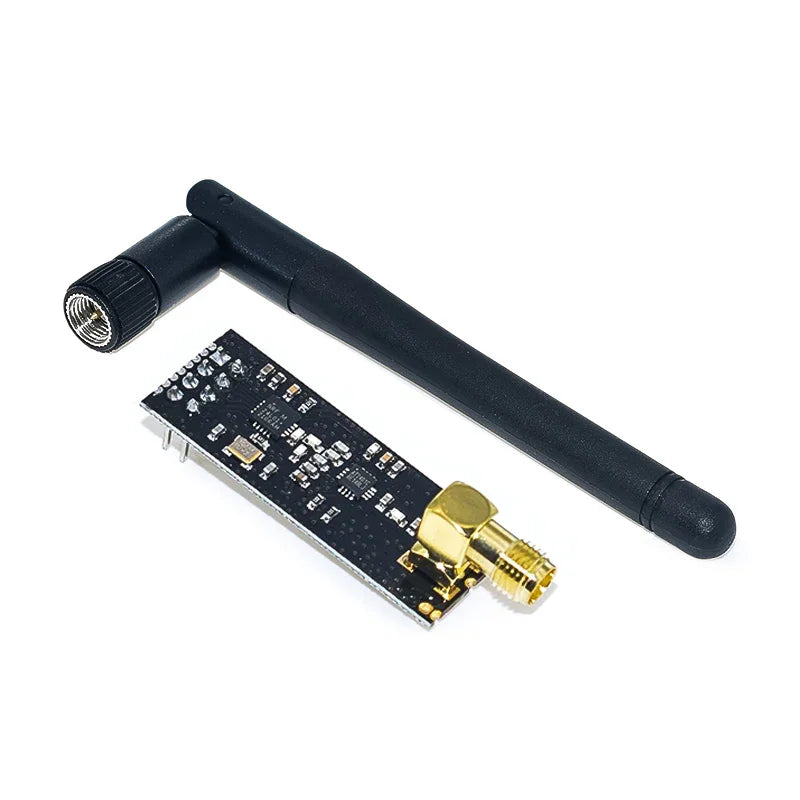
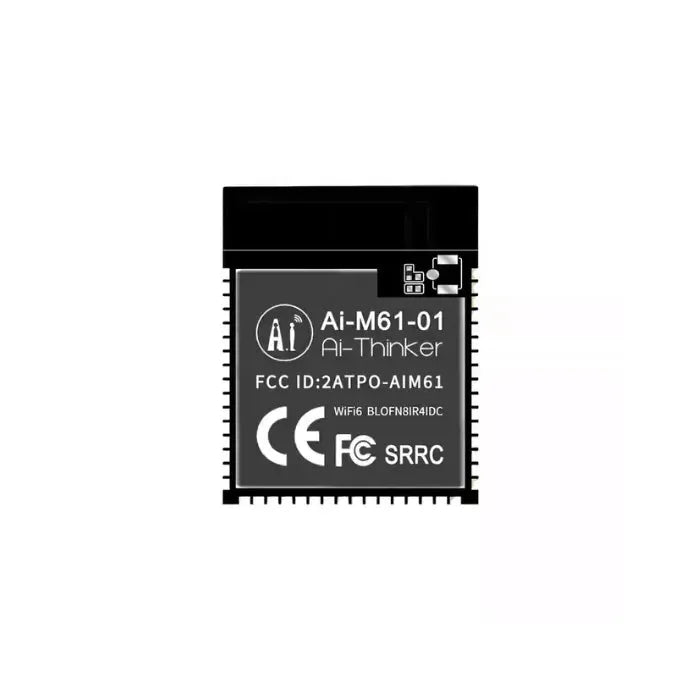




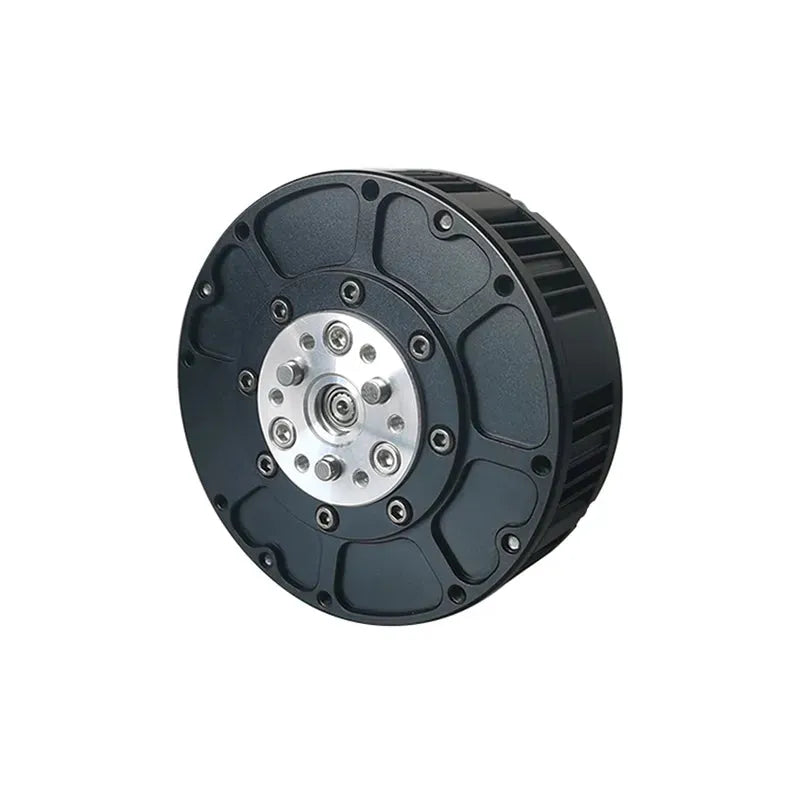
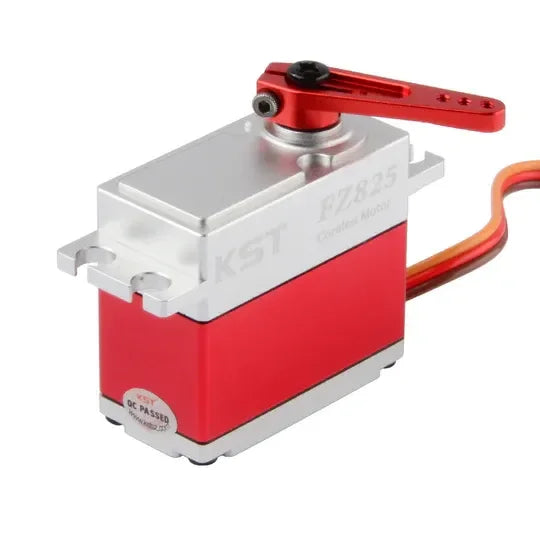
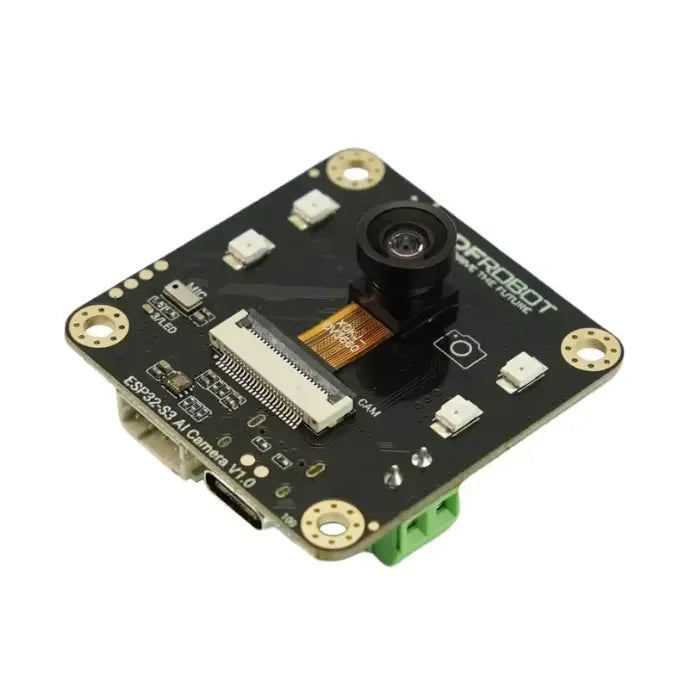
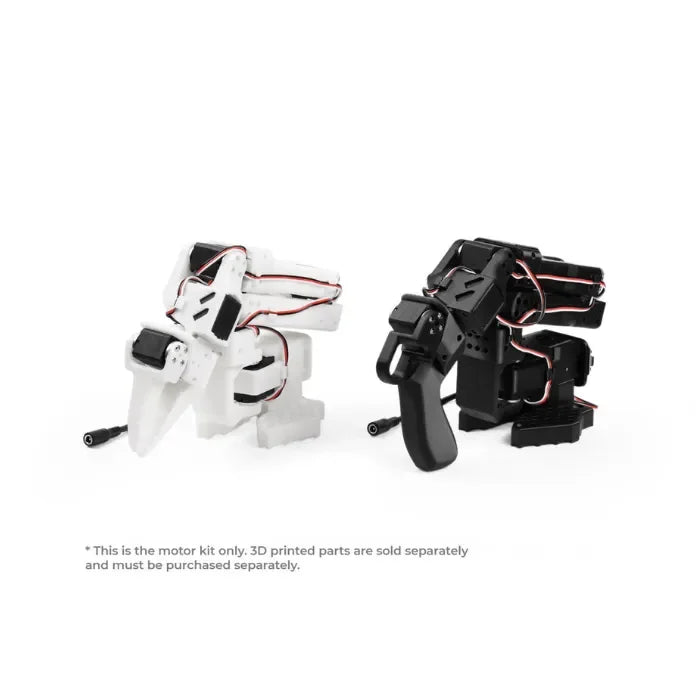


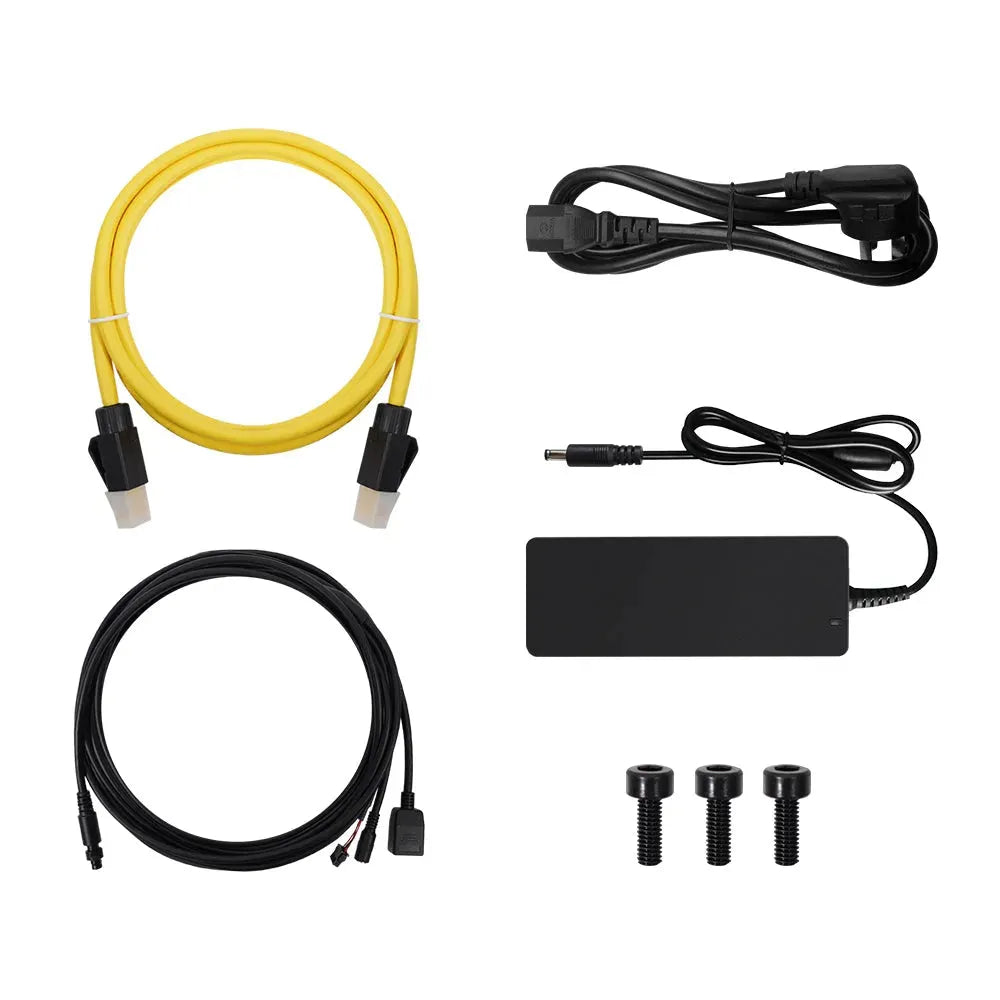


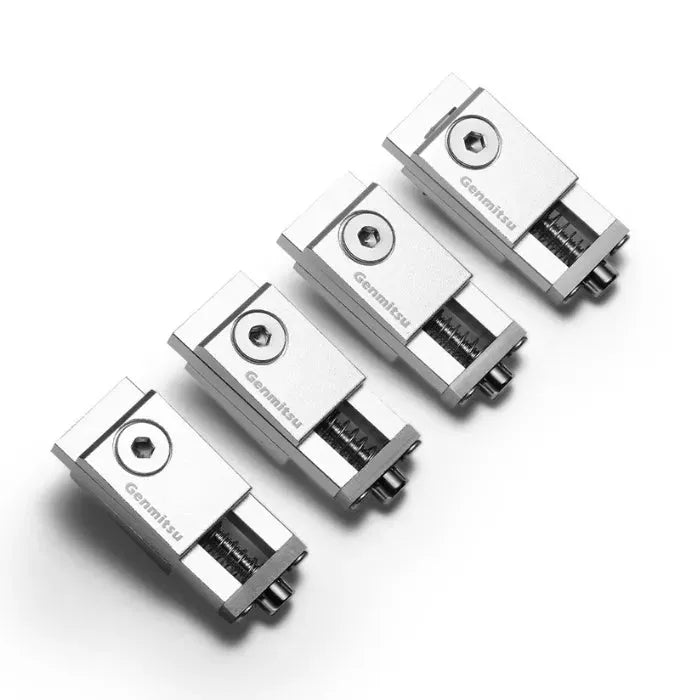
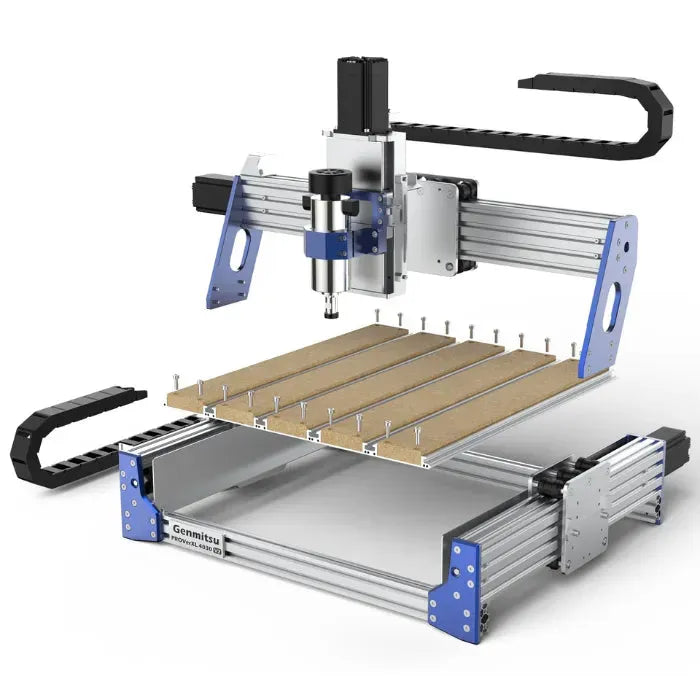
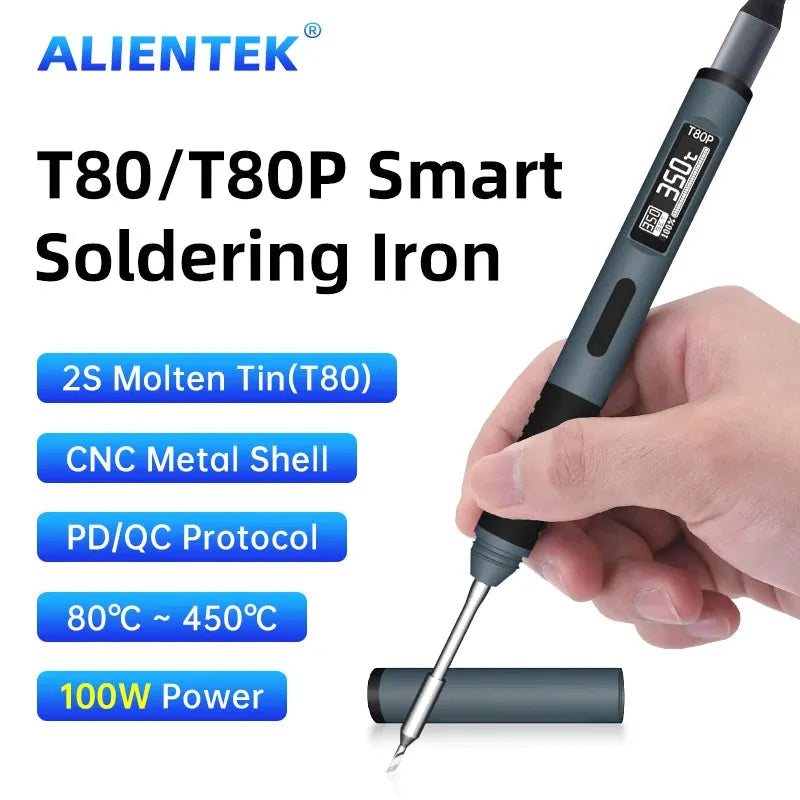
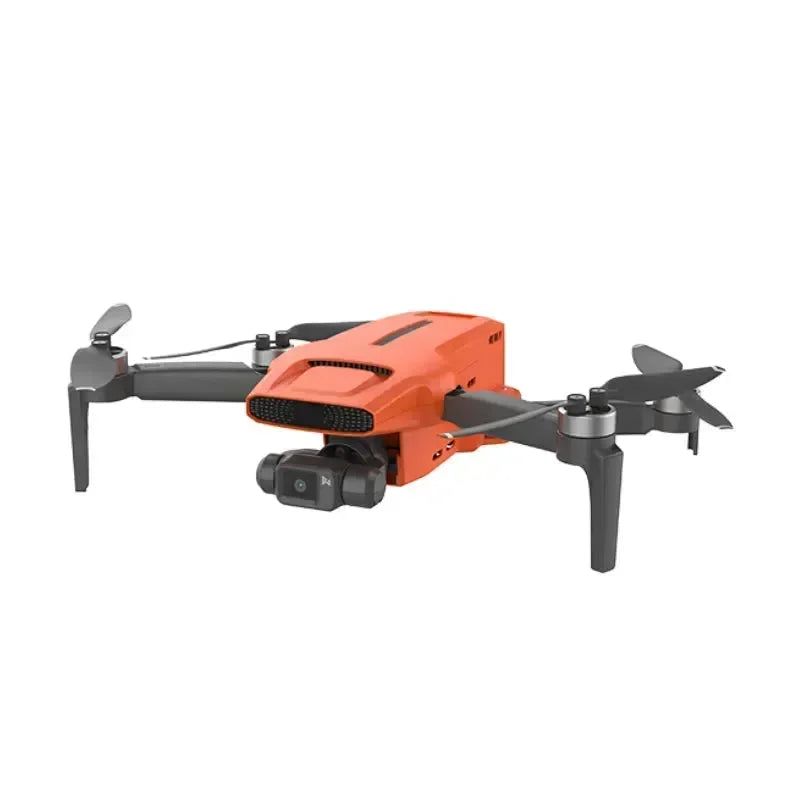



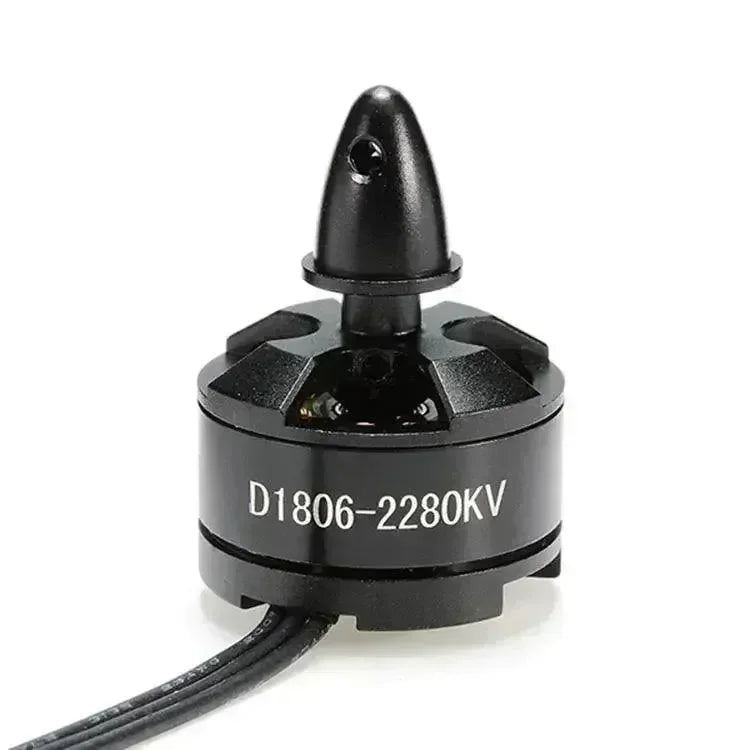
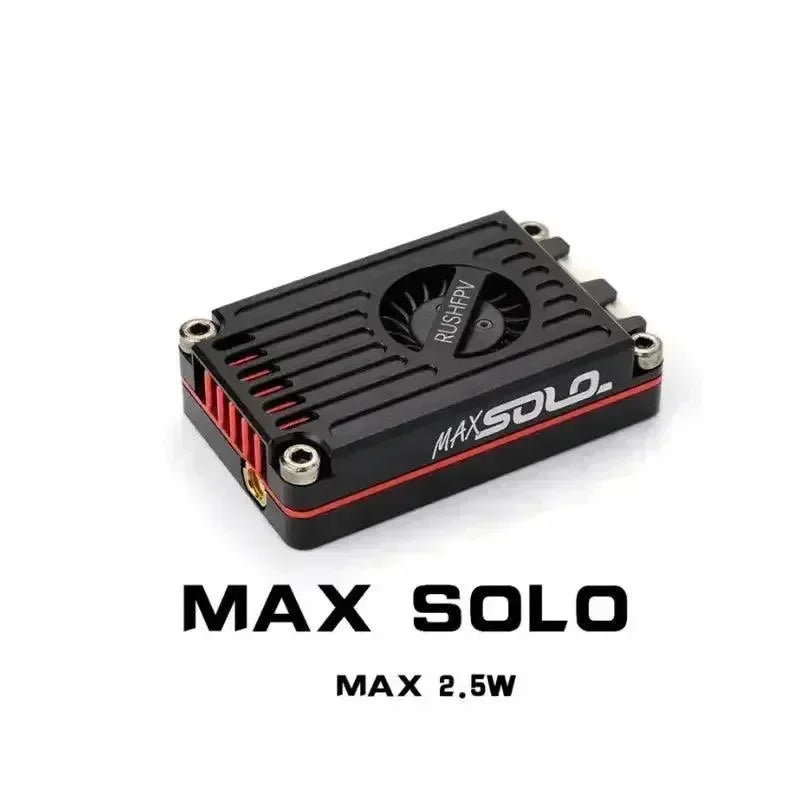


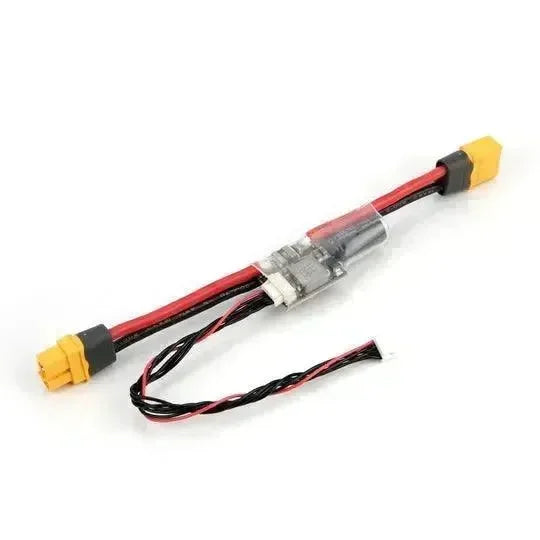


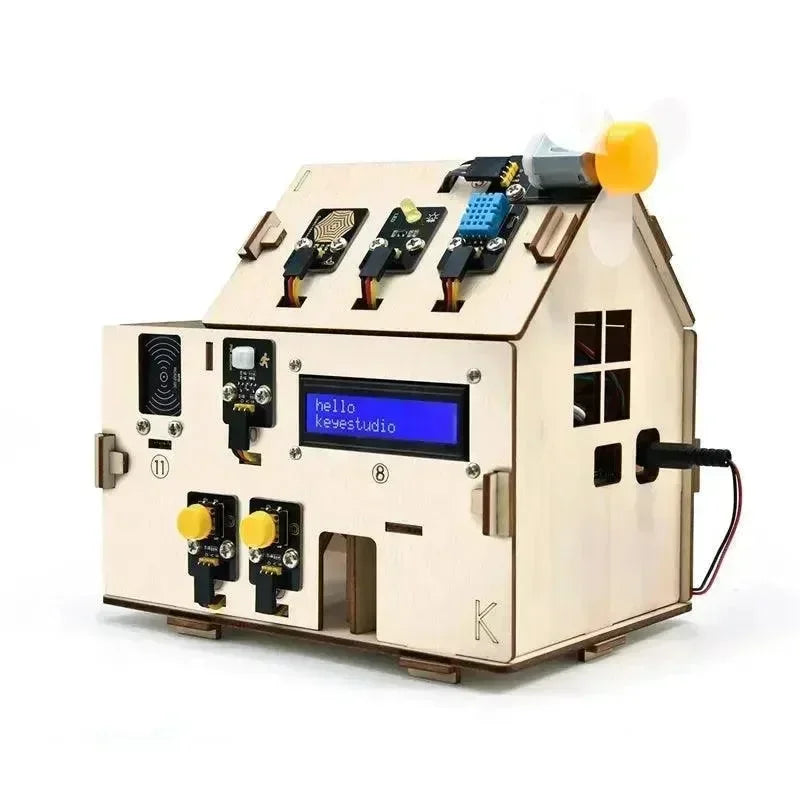
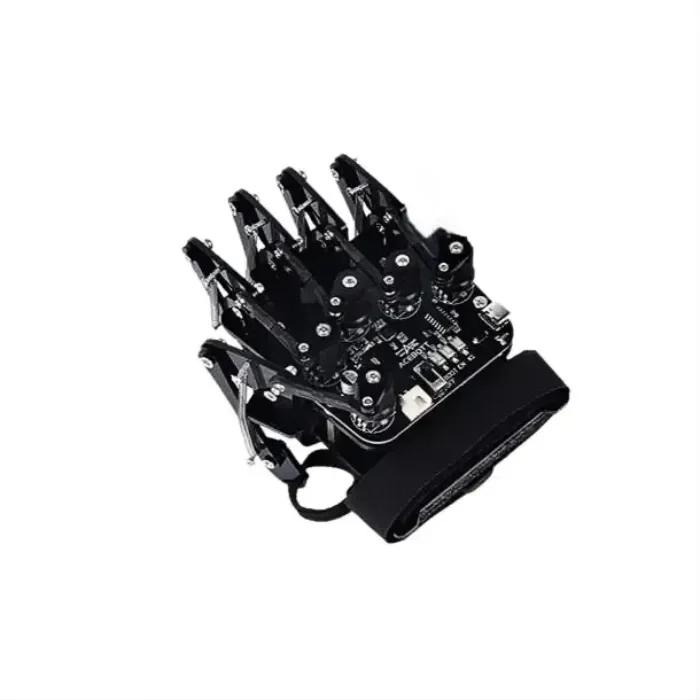

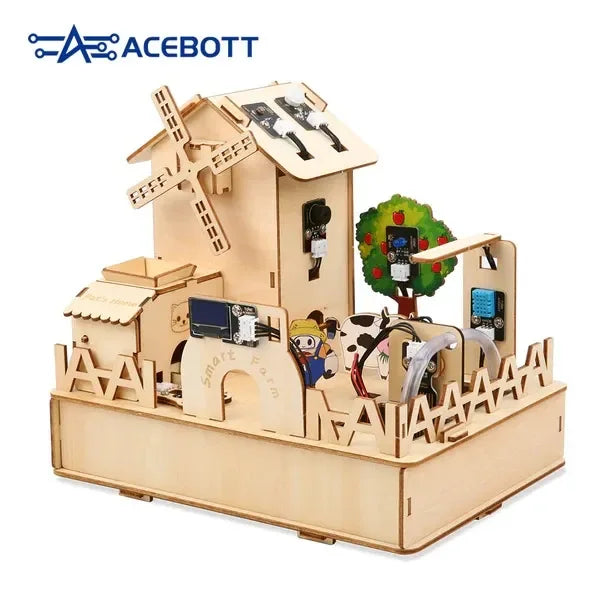
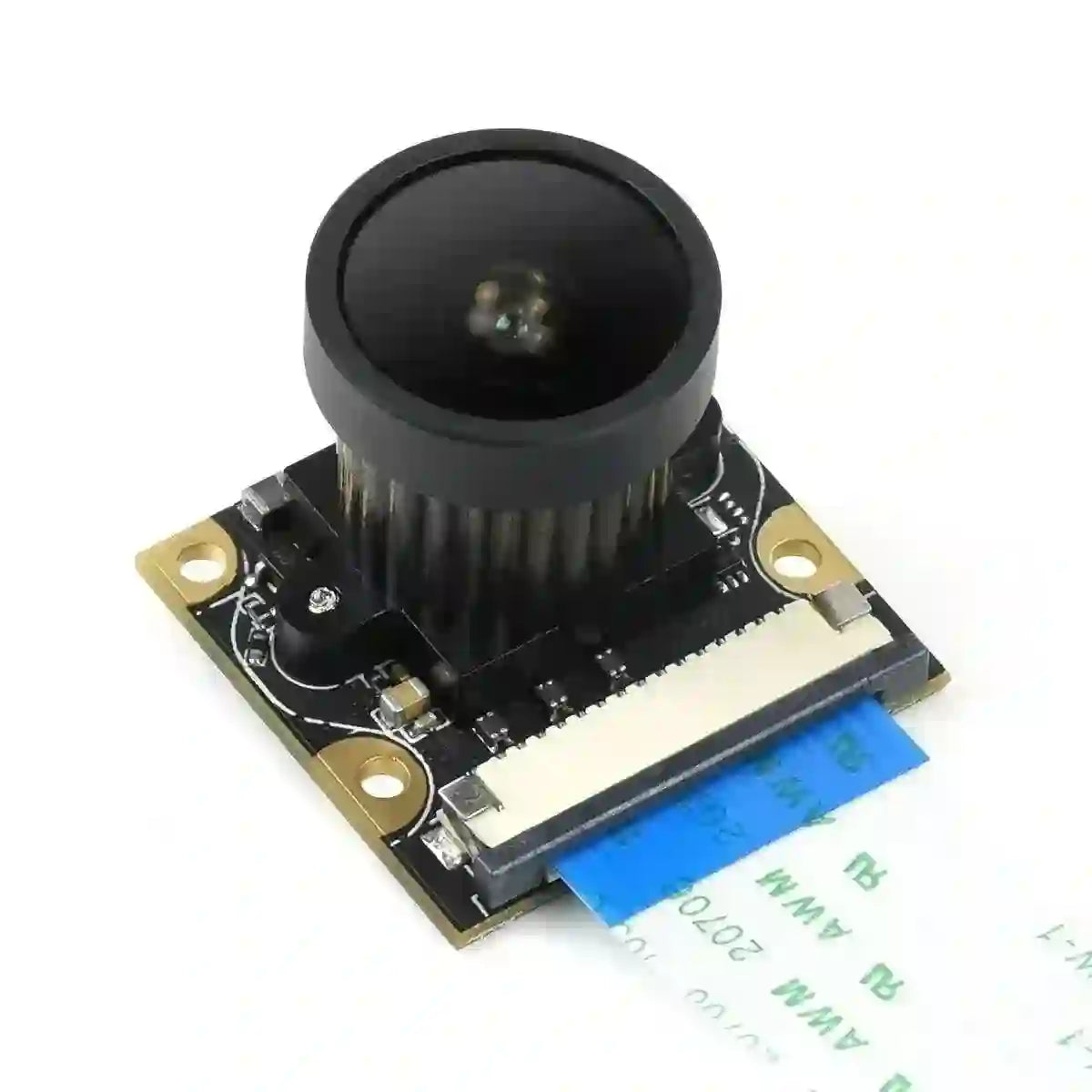


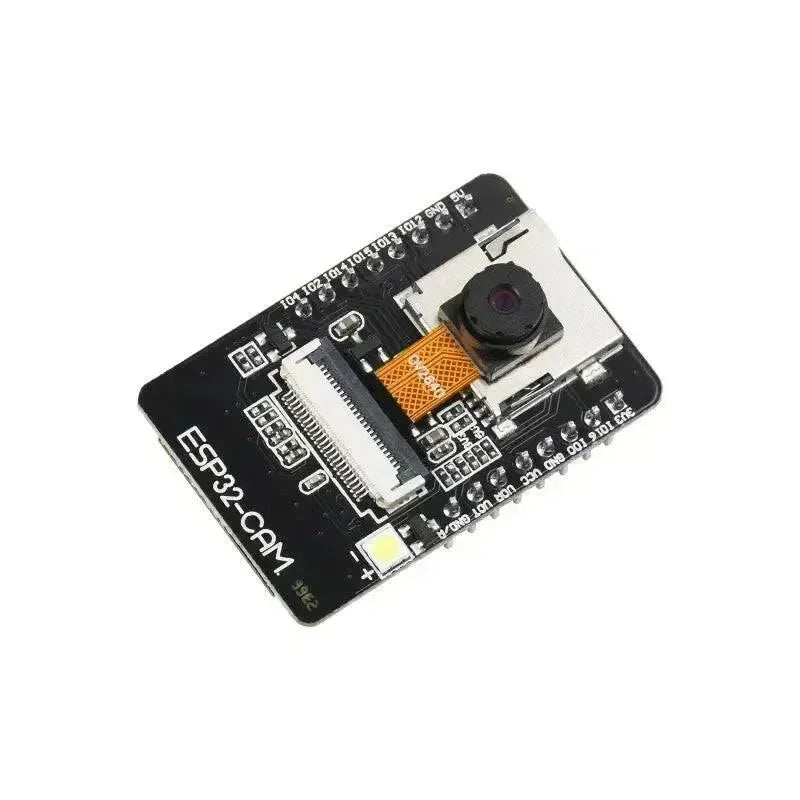



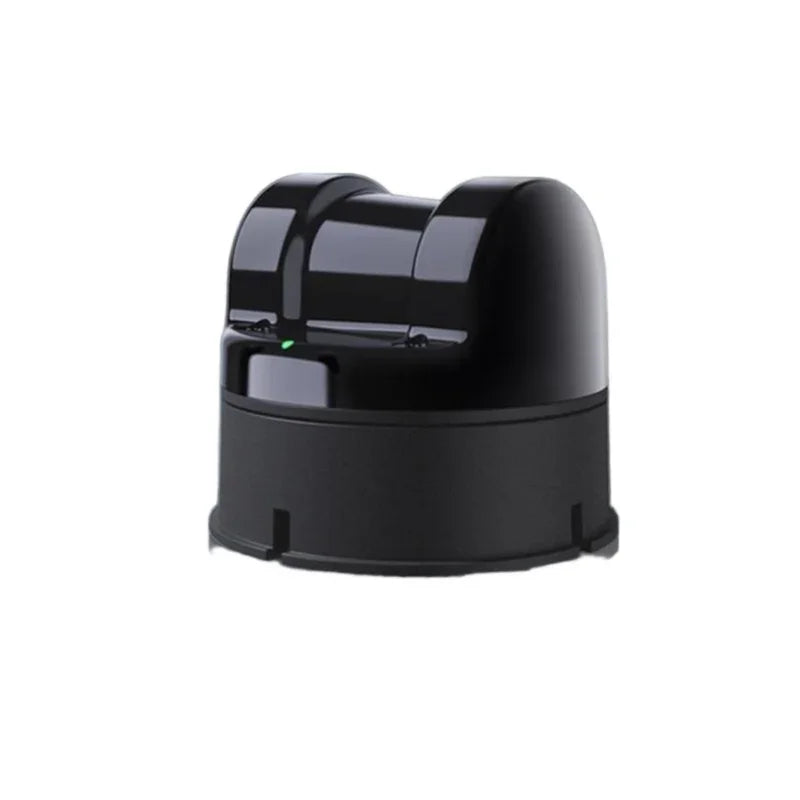
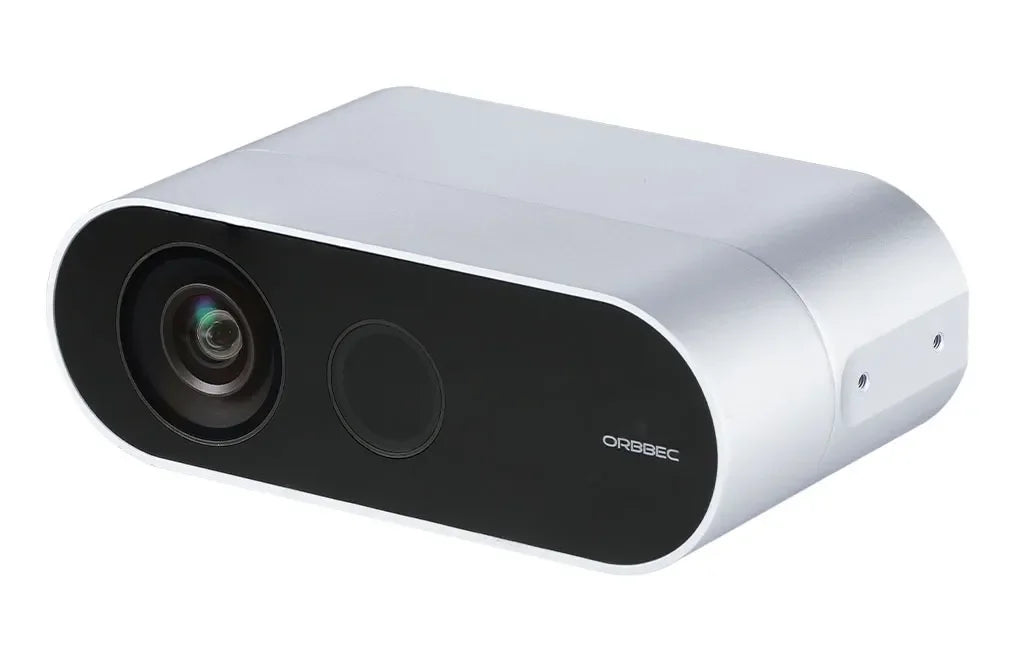
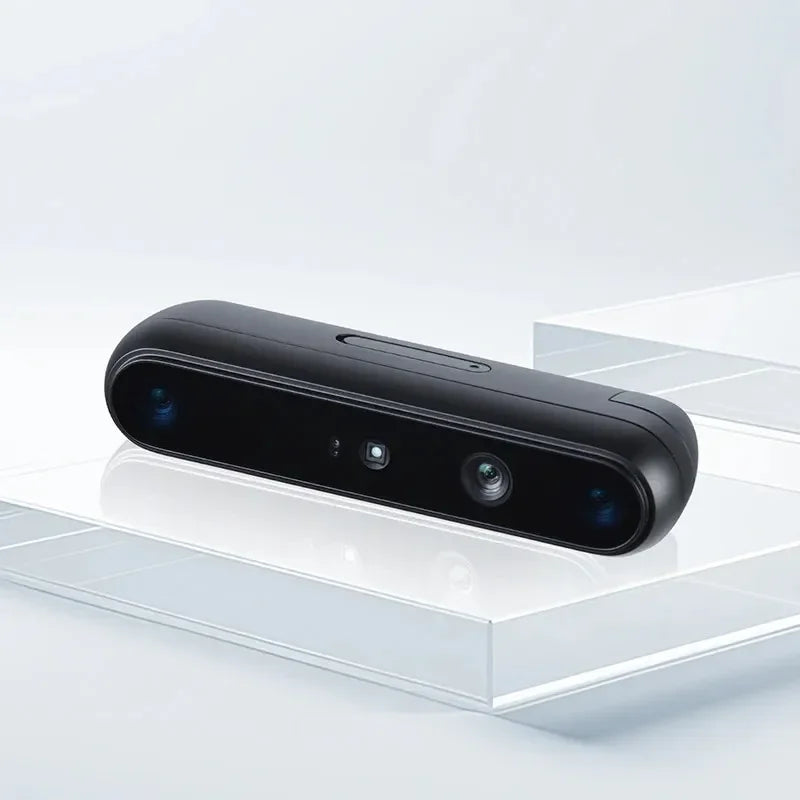




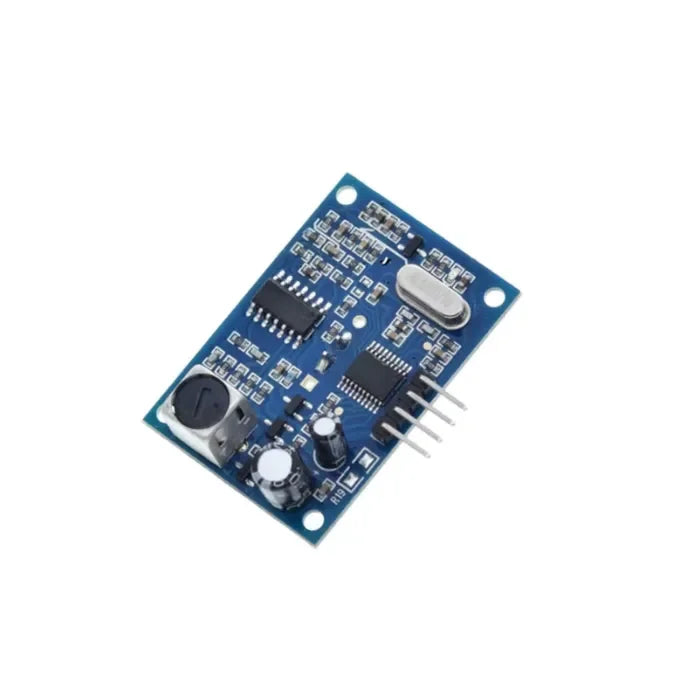


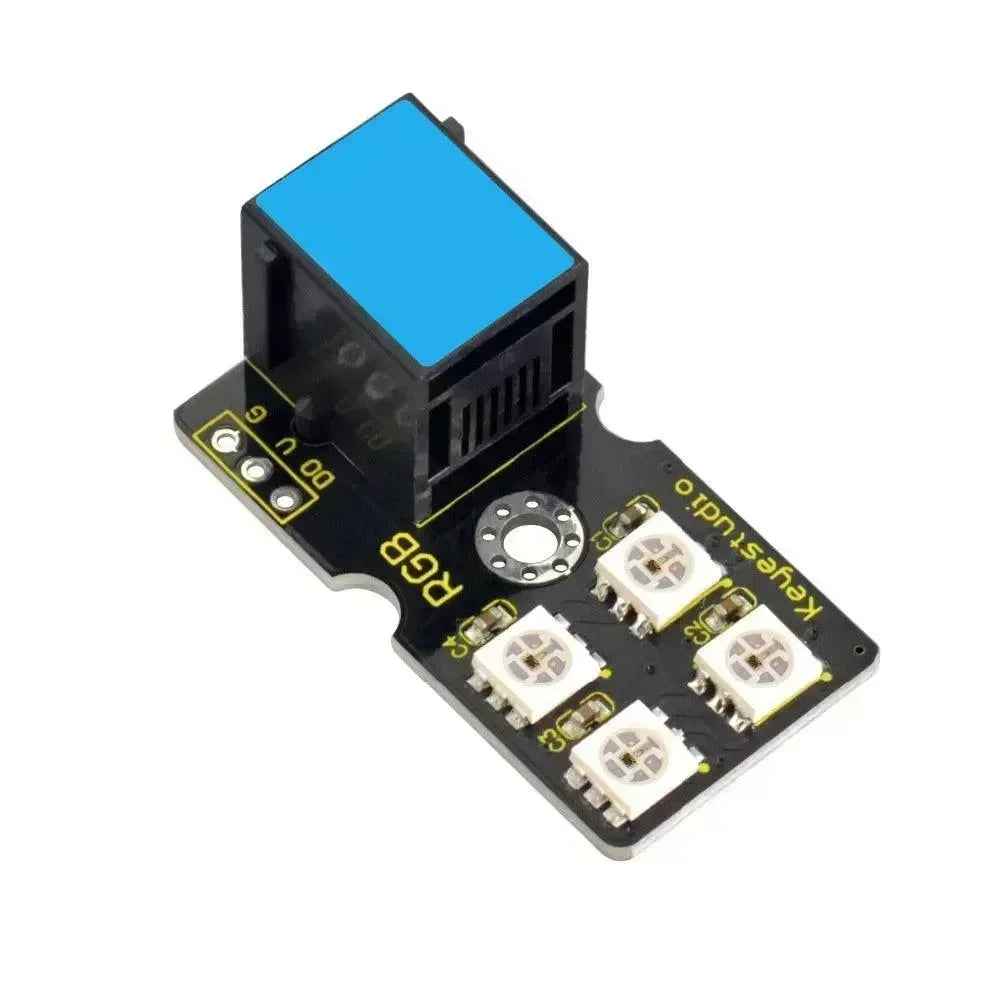
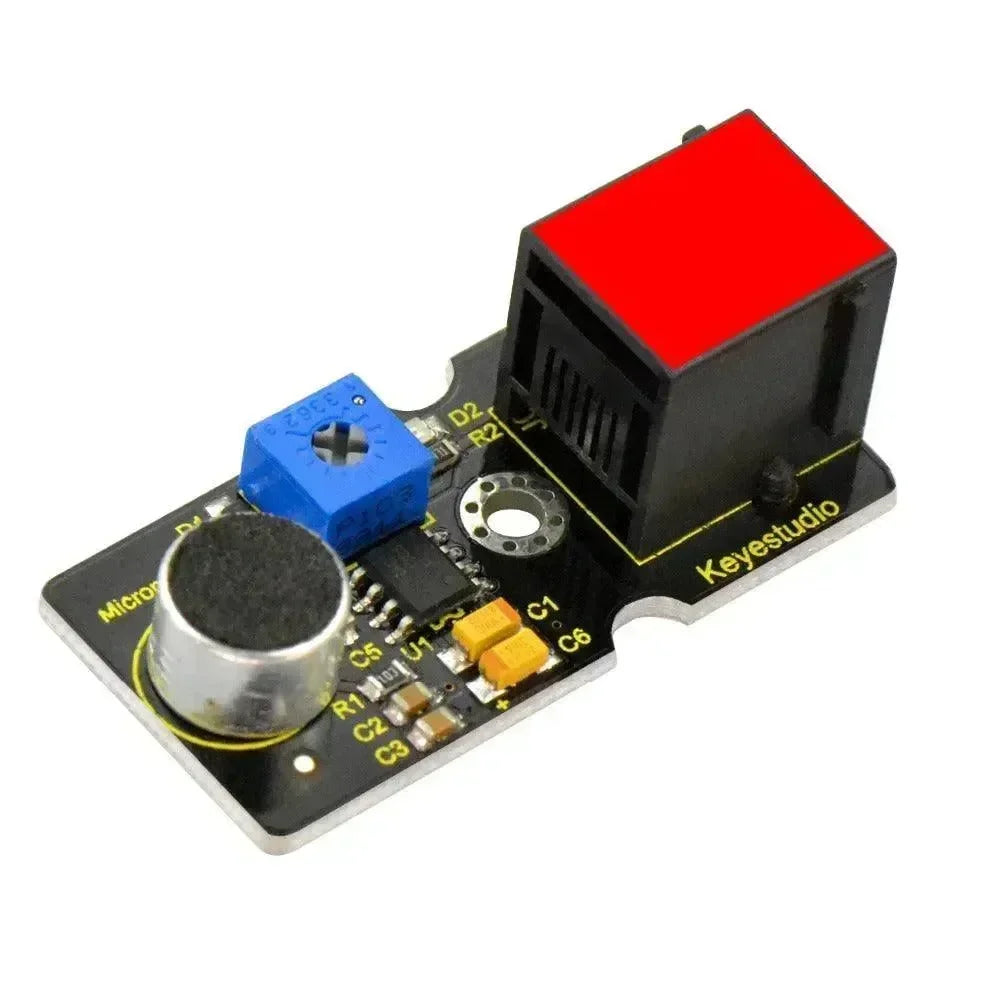


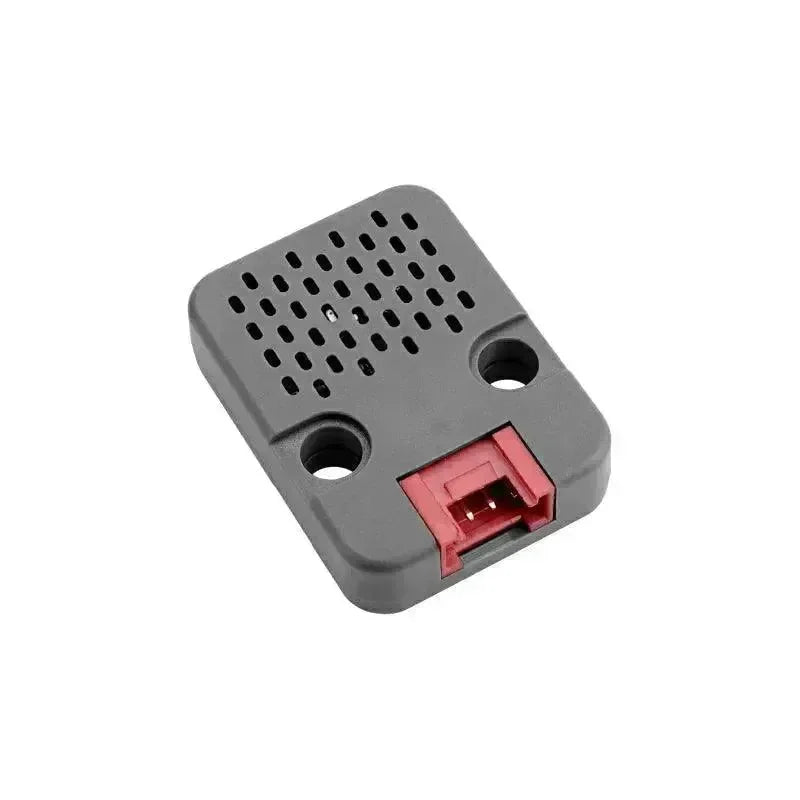
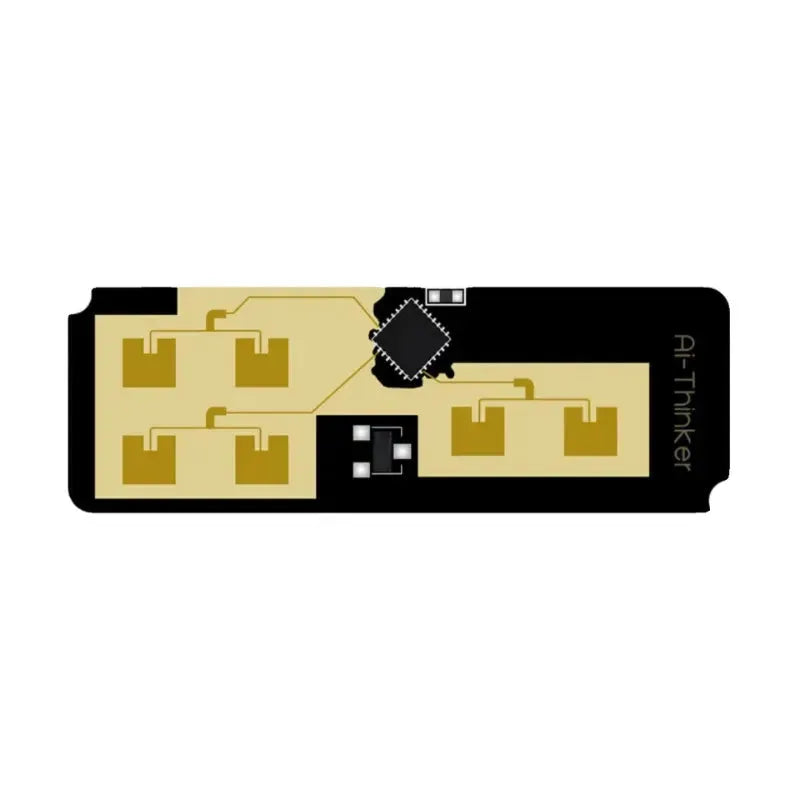
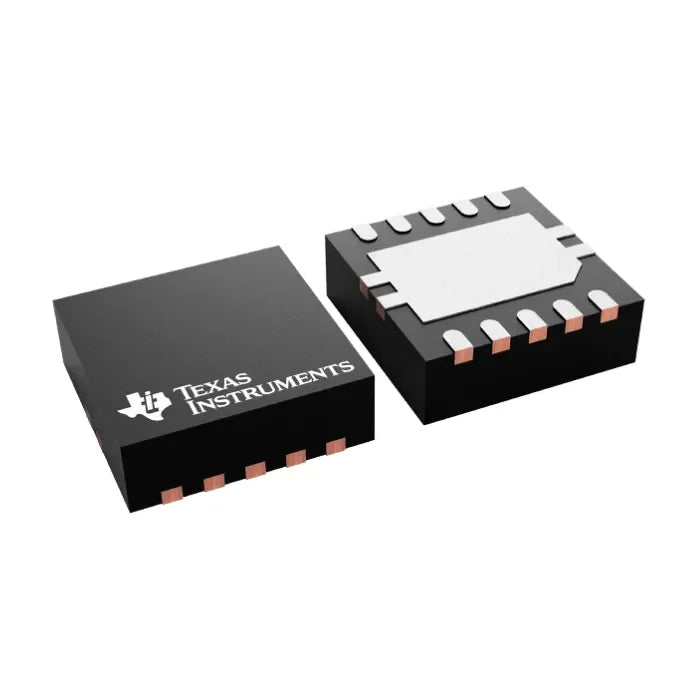
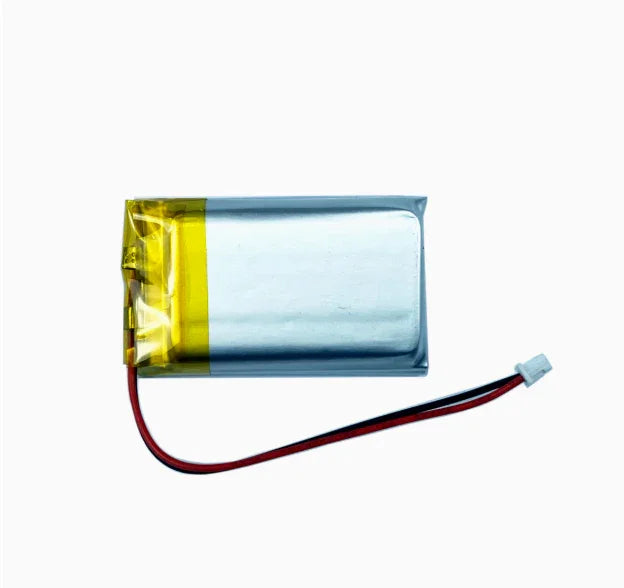
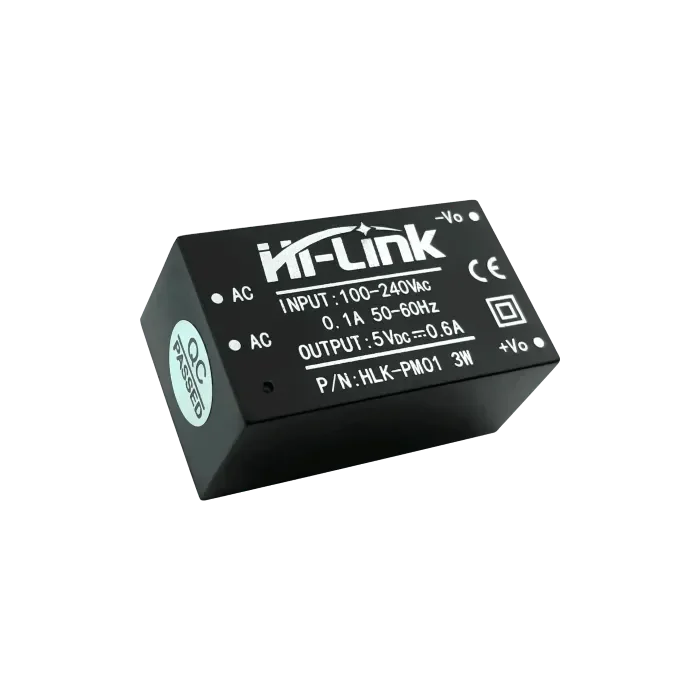

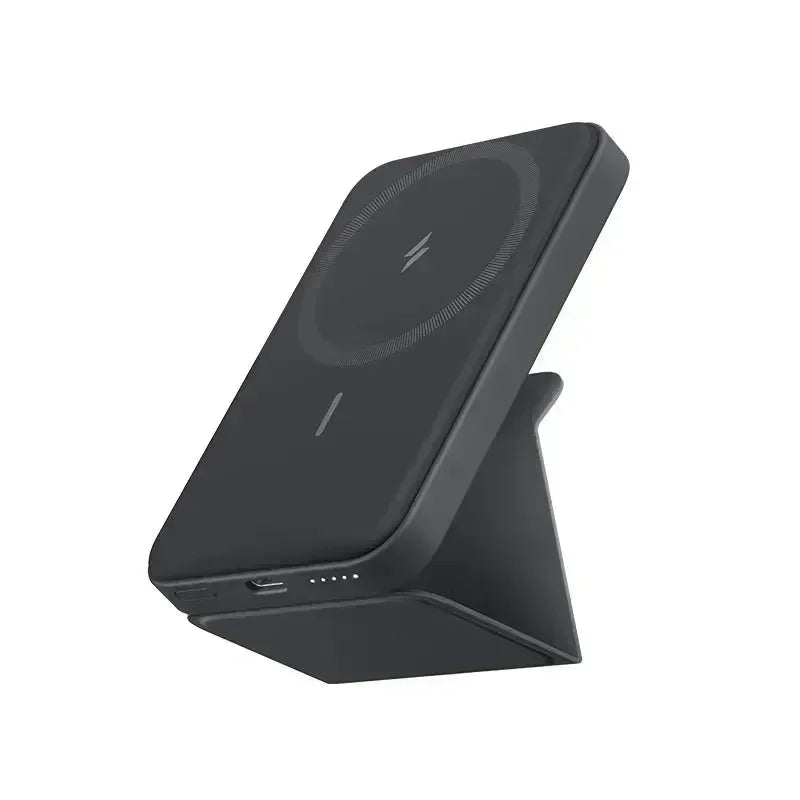
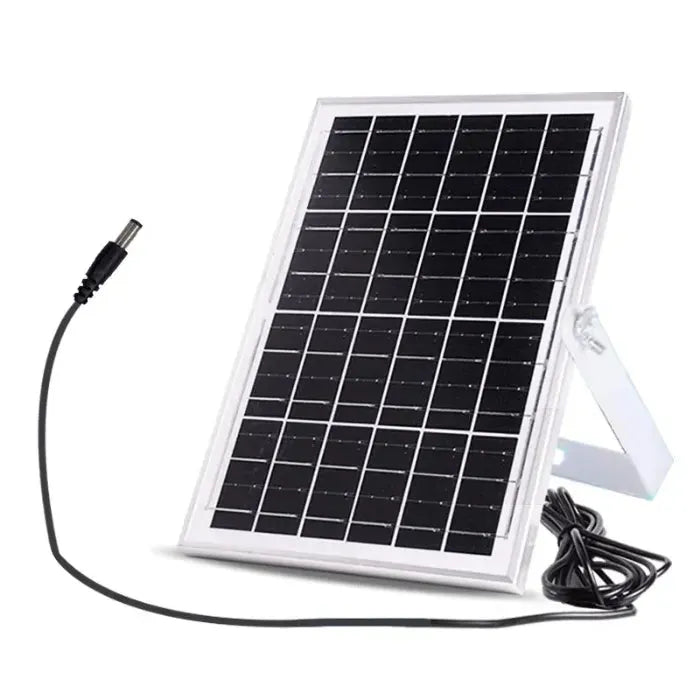
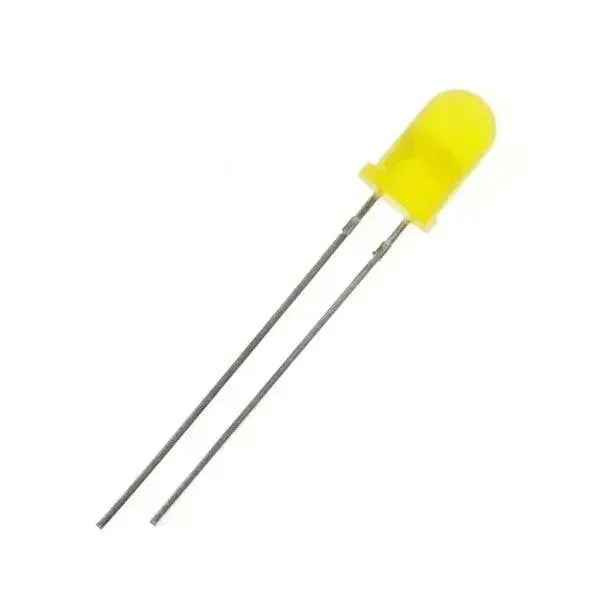


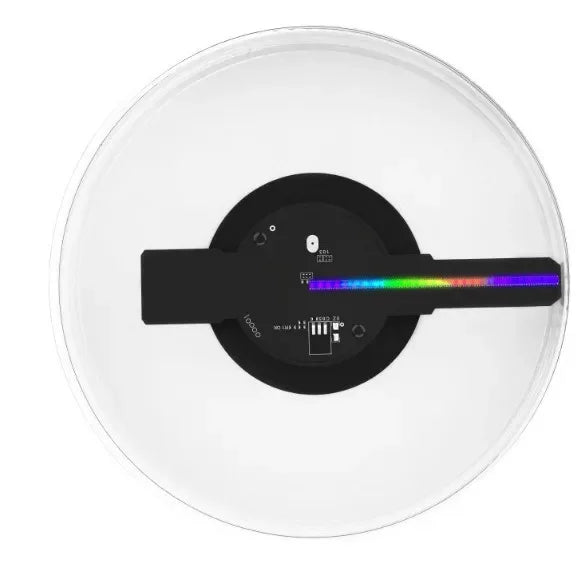

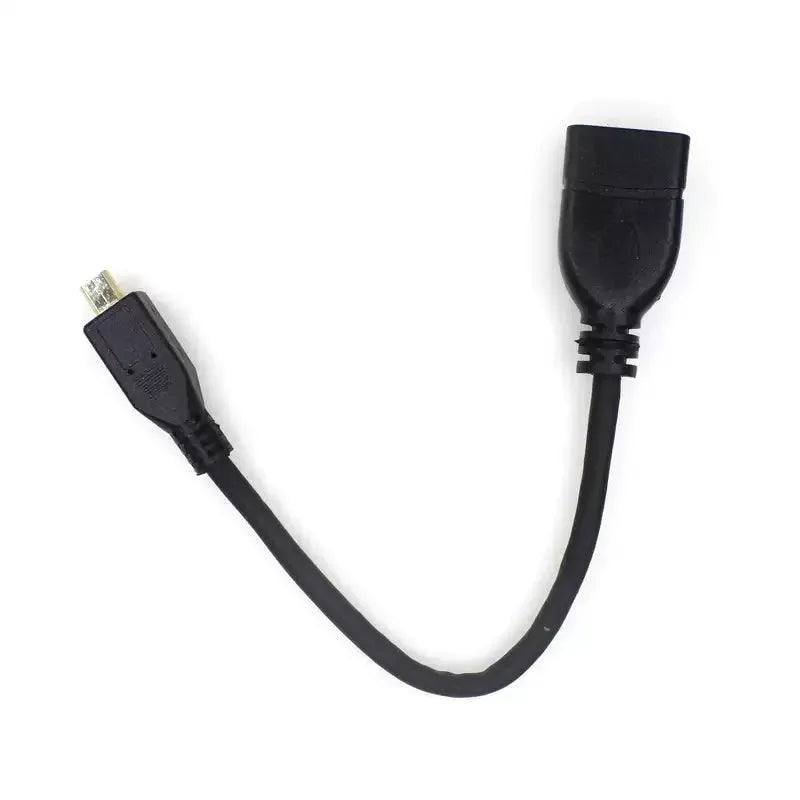
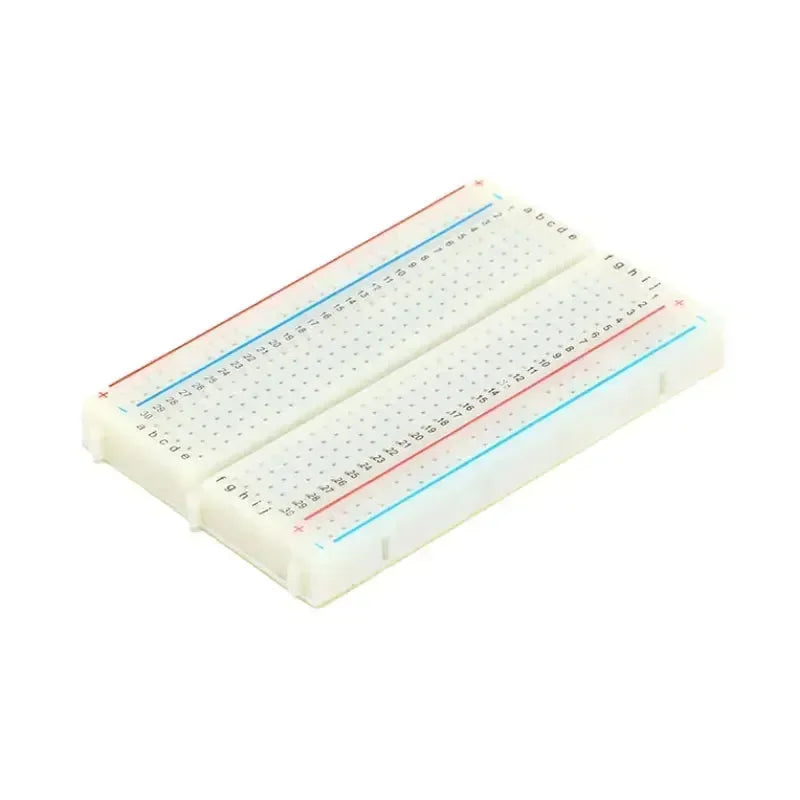

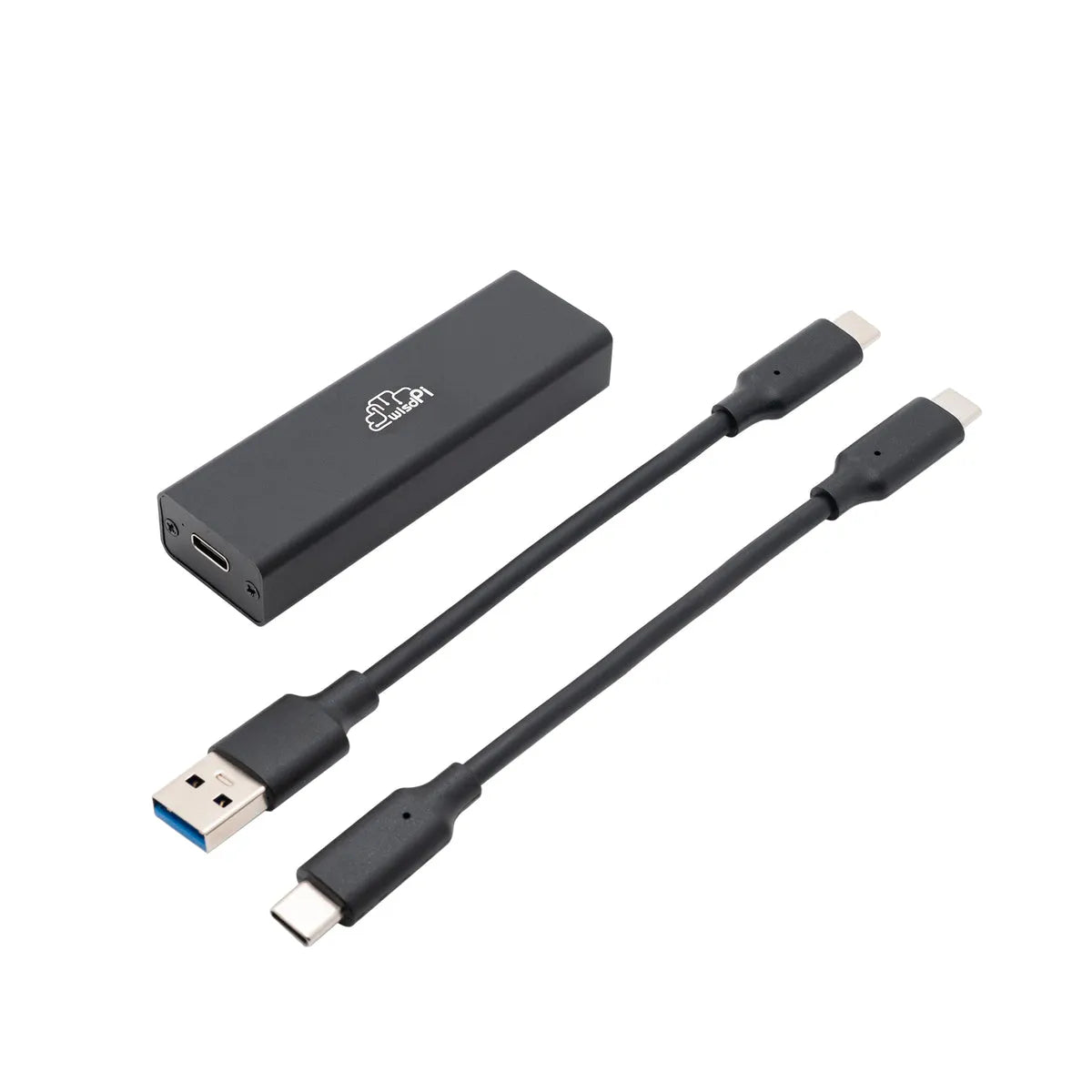

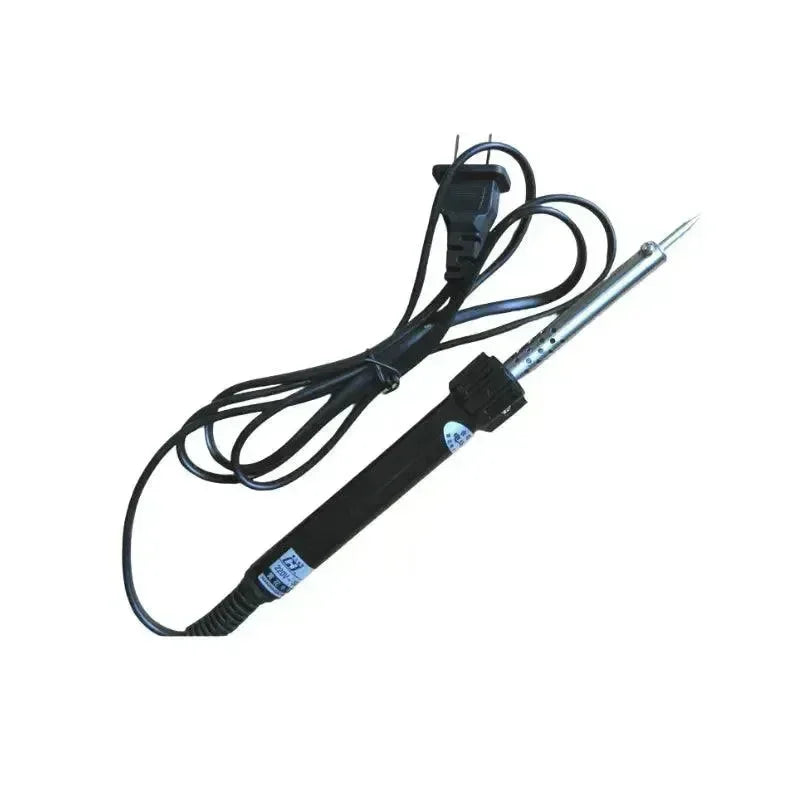
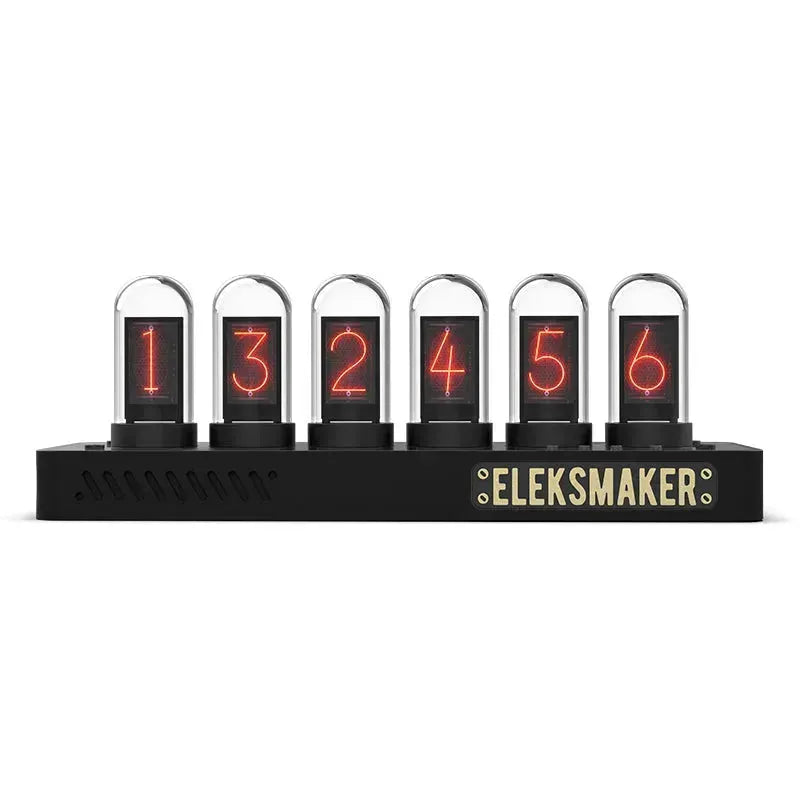
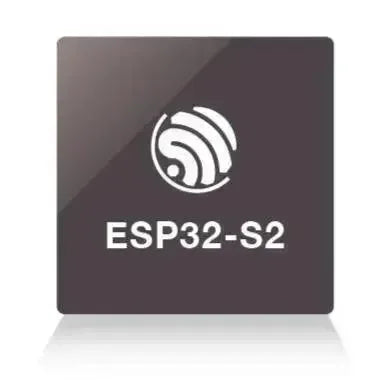


1 comment
grblgnu
The esp32-s2 does have a camera interface!